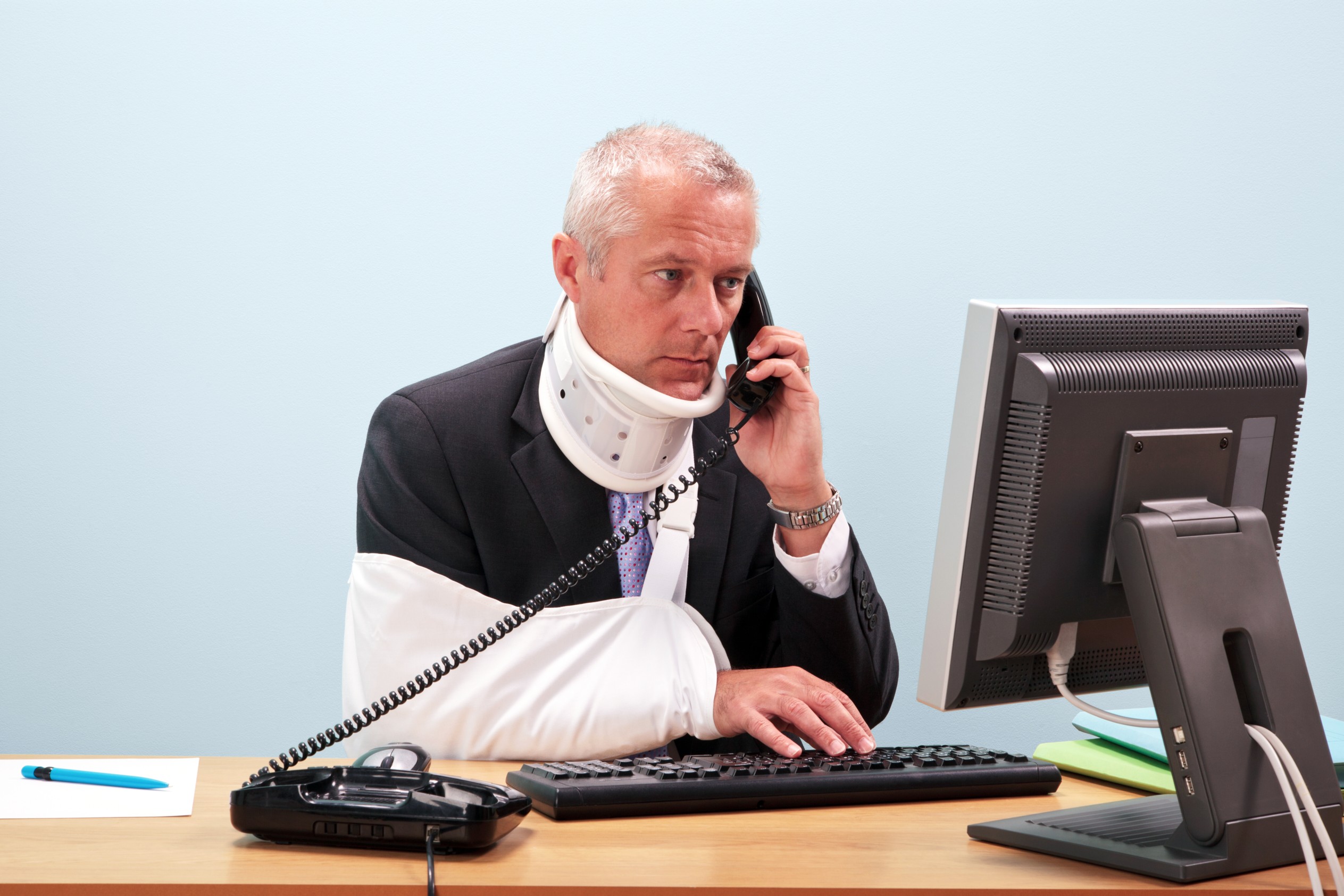Safety First For Your Business
Have you noticed the number of different TV advertisements talking about personal injury claims and how you could be entitled to thousands of pounds due to an accident in the workplace?
The ads often showcase an individual who has slipped on a wet floor, or tripped on some discarded packaging and who subsequently received a “huge pay-out” thanks to a successful claim.
No matter what size of business you have, you, your employees and any customer who visits your premises are always at risk of accidents occurring. It’s no surprise then that minor accidents caused by wet floors, spills and excess clutter are the main source of liability claims in the work-place and often result in lost pay due to serious injury, as well as increased insurance costs for employers.
Injuries caused by slips, trips and falls can cause severe pain and range from sprained or strained muscles and joints, to broken bones and even head injury. Common, minor accidents in the workplace are often preventable and business owners and managers should take precautionary action to protect both their business and their employees.
By adapting a “see it, sort it” mentality within the workplace, employers can limit the amount of accidents by addressing any situation which may present a slipping, tripping or falling hazard, with an immediate remedy. Appointing a health & safety supervisor is a further measure which should be considered as this gives employees a point of contact with whom they can raise any issues or concerns and again will go some way towards reducing risk in the work-place.
While businesses should do all they can to create a safe working environment, chances are, accidents may still happen, and so it is essential they protect themselves by taking out public and employers’ liability insurance.
Generally speaking, both policies are sold in tandem, and they will protect your business from claims of negligence made by employees who suffer injury due to their work, or members of the public who suffer injury on your premises.
The size of premium a business pays for their liability insurance is based on three main factors: n The type of business you operate. Often referred to as the “base rate”, this is the starting point used to determine the size of your premium. It is calculated using historical claims data for other companies doing similar work. * Your loss history. The size of the premium you pay is often higher or lower than your base rate, depending on your loss history. This is the severity and frequency of your past claims and accidents. n The quality of your health and safety risk management system. Companies with a high quality health and safety risk management system can substantially reduce their premiums, whereas companies with a poor record of safety pay more.
So how can businesses reduce the premium they pay on their public and employers’ liability policies? It does not make sense, nor would it be recommended, that you change the nature or scale of your business just to reduce your premium.
You obviously cannot change your company’s claims history, so the one factor which you can influence is the quality of your health and safety risk management system. Implementing a robust health and safety risk management system can reduce your premiums in the short term, and should also lead to a reduction in future claims, meaning lower premiums in the future. Insurers will recognise well-run businesses that successfully manage and reduce their risk and this will be reflected in the premium they pay.
* John Kielty is business insurance director at Autoline Insurance Group. For more information click on www.autoline.co.uk
Source: irishnews.com




